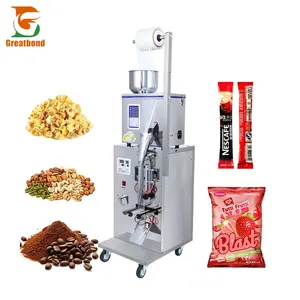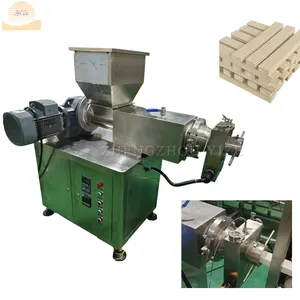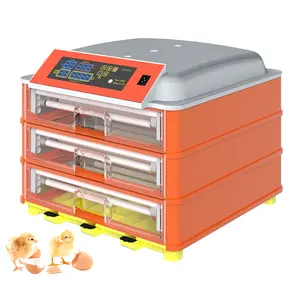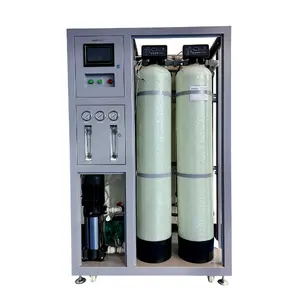Popular in your industry





















































Related Searches:
















































































 Ready to Ship
Ready to Ship





























Top categories
About embroidery
Embroidery is the craft of adorning fabric or other materials using a needle to apply thread or yarn. This technique can also incorporate other materials like metal strips, beads, pearls, and sequins. At its core, embroidery involves creating decorative designs on textiles by stitching, giving rise to a diverse range of styles and techniques worldwide. This art form, often practiced as a hobby or for artistic expression, requires precision, patience, and a keen eye for detail. Embroidery machines are tools that automate and streamline the embroidery process, combining digital technology with traditional needlework.
Types of Embroidery
Machine embroidery, as the name suggests, is the process of creating embroidered designs using specialized hand embroidery machines. These machines are equipped with various features that allow users to upload or create digital designs and then automatically stitch them onto fabric. Machine embroidery offers several advantages over traditional hand embroidery, including speed, consistency, and the ability to replicate intricate designs with precision. The development of machine embroidery has revolutionized the industry, making it possible to create complex and detailed designs more efficiently than ever before. This technology has opened up new creative possibilities and expanded the reach of embroidery into diverse fields, including fashion, home decor, and personalized goods.
One of the most popular types of embroidery today is digital embroidery. This form of embroidery uses computerized machines to create designs. Users can upload digital files containing the embroidery design, which is then interpreted by the machine's software to create the stitched pattern. Digital embroidery offers a high degree of precision and can produce intricate and complex designs with ease. This technique is commonly used in commercial and industrial settings to create logos, monograms, and other branded elements on textiles. Additionally, digital embroidery has made custom embroidery more accessible, allowing for the personalization of garments, accessories, and home textiles.
How to Choose an Embroidery Machine
Choosing the right embroidery machine depends on individual needs and skill levels. For beginners, a user-friendly machine with built-in designs and clear instructions is ideal. Those with more experience may prioritize advanced features like larger embroidery areas, multiple needle options, and compatibility with custom designs. Understanding the different types of embroidery machines, such as single-needle, multi-needle, and combination machines, is crucial in selecting one that suits specific projects and preferences. Researching and comparing brands and models can help in identifying a machine that offers the desired features within a set budget.
How to Start Embroidery
Embroidery for beginners can be a rewarding and creative endeavor. Before starting, it's essential to gather the necessary materials, including an embroidery hoop, fabric, embroidery floss, needles, and a pair of scissors. Learning basic embroidery stitches, such as the backstitch, running stitch, and satin stitch, is fundamental to creating different textures and designs. Choosing a simple pattern to practice and gradually advancing to more complex designs can help in building skills and confidence. Experimenting with various colors and types of embroidery floss, as well as exploring different fabrics, adds versatility and creativity to the craft. Lastly, patience and practice are key elements in mastering the art of embroidery.




















































































